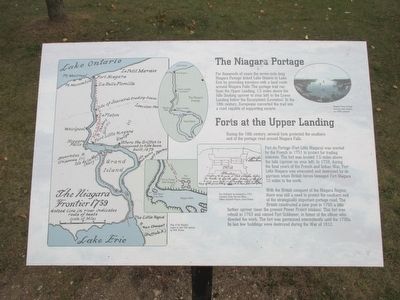Welcome to Dobbs Ferry, NY, a village steeped in history and nestled along the Hudson River. Dobbs Ferry’s story begins in the 17th century when it was part of the lands inhabited by the Wecquaesgeek, a Native American tribe. The area began to transform with the arrival of European settlers in the 1600s. Named after Jeremiah Dobbs, a Swedish fisherman who operated a ferry service across the Hudson in the 18th century, Dobbs Ferry quickly became a key location during the American Revolution.
The village played a pivotal role in 1781 when General George Washington and French General Rochambeau met at a house still standing today, to plan the decisive siege of Yorktown, which ultimately led to the end of the Revolutionary War. This momentous meeting is commemorated annually, reminding residents and visitors alike of Dobbs Ferry’s contribution to American independence.
Throughout the 19th century, Dobbs Ferry evolved into a vibrant community, buoyed by the Industrial Revolution. The Hudson River Railroad arrived in the 1840s, transforming the village into a commuter hub and sparking residential developments. By the late 1800s, Dobbs Ferry had become a thriving area with a mix of industries and picturesque residential neighborhoods.
Dobbs Ferry has been home to or visited by several notable figures, including the industrialist William Rockefeller and actress Mary Tyler Moore, adding to its rich historical tapestry. Today, the village maintains its charming character, with historic buildings and landmarks preserved amidst modern amenities, offering a glimpse into its storied past.
As you explore Dobbs Ferry, consider the footsteps of those who have walked here before—revolutionaries, industrialists, and artists—each contributing to the narrative of this remarkable village.


